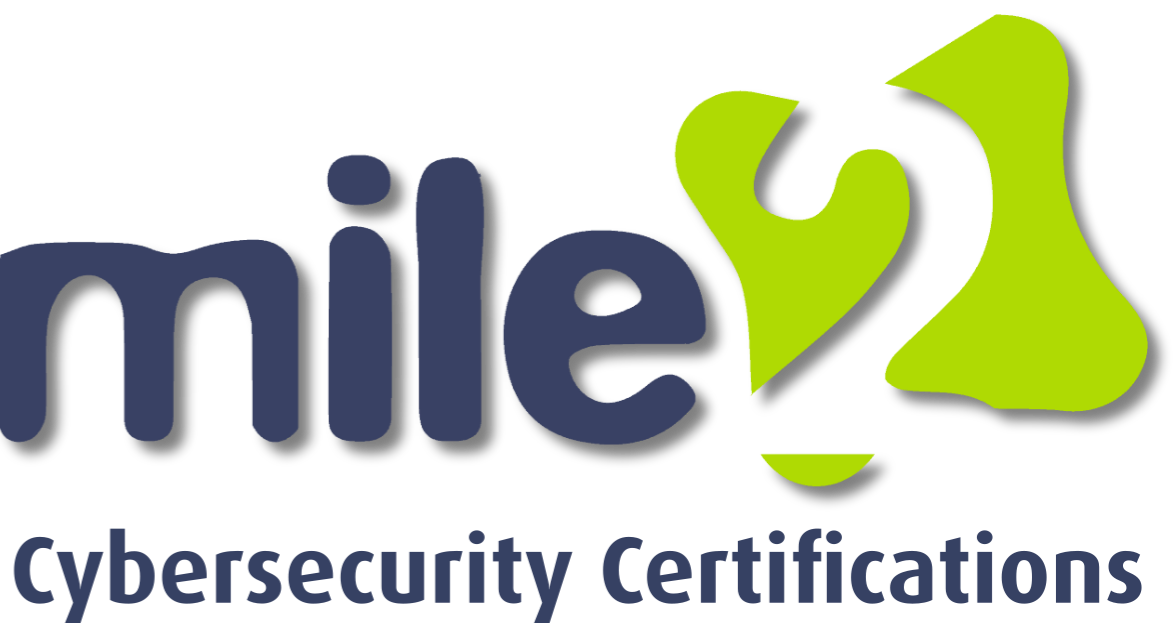Trae Johnson
Forum Replies Created
-
AuthorPosts
-
Trae Johnson
ParticipantOrganizations usually pursue some significant goals while at the same time facing severe threats. Two primary goals are network availability and data integrity. Network availability refers to the way a network can remain always on and available without interruption, which is highly crucial for productivity and business continuity. Data integrity is the act of protecting information from unauthorized change or destruction, so that the data remains accurate and reliable from the time it exists. However, organizations are also under attack. One of the key threats is cyberattacks, such as ransomware or phishing, that can compromise sensitive information and disrupt operations. Another major threat is insider threats, where insiders or contractors with authorized access abuse their privileges either knowingly or unknowingly, potentially leading to data breaches or system compromise (Oliviero & Woodward, 2021).
Reference:
Oliviero, J., & Woodward, J. (2021). CompTIA Network+ guide to managing and troubleshooting networks (6th ed.). McGraw-Hill Education.Trae Johnson
ParticipantWireless LAN standards play a significant role in defining the devices’ communication on wireless networks. IEEE 802.11n and IEEE 802.11ac are two common WLAN standards. IEEE 802.11n, or Wi-Fi 4, makes use of both the 2.4 GHz and 5 GHz bands and offers a data rate of up to 600 Mbps. It uses Multiple Input, Multiple Output (MIMO) technology, enhancing performance and coverage by transmitting and receiving data through multiple antennas. IEEE 802.11ac, or Wi-Fi 5, is available only on the 5 GHz band and provides much faster data rates, with speeds going up to several gigabits per second. This standard incorporates innovative elements such as beamforming, advanced MIMO, and wider channel bandwidths that enhance the efficiency of the network and wireless communication speed (Oliviero & Woodward, 2021).
Reference:
Oliviero, J., & Woodward, J. (2021). CompTIA Network+ guide to managing and troubleshooting networks (6th ed.). McGraw-Hill Education.Trae Johnson
ParticipantOne of the things that might clarify this is that switches actually use MAC addresses to forward data within a local area network (LAN), delivering it to the correct device on the same network. Routers, on the other hand, use IP addresses to forward data from one network to another, like from your home network to the internet. Therefore even though both play a part in moving data efficiently, switches operate within a network utilizing MAC addresses, whereas routers connect different networks using IP addresses.
Trae Johnson
ParticipantOne of the things that might clarify this is that switches actually use MAC addresses to forward data within a local area network (LAN), delivering it to the correct device on the same network. Routers, on the other hand, use IP addresses to forward data from one network to another, like from your home network to the internet. Therefore even though both play a part in moving data efficiently, switches operate within a network utilizing MAC addresses, whereas routers connect different networks using IP addresses.
Trae Johnson
ParticipantI appreciate how you noted the specific role of each—switches managing communication within a LAN by MAC addresses, and routers managing traffic between networks by IP addresses. That makes the concept more understandable, especially for networking beginners.
Trae Johnson
ParticipantI like that you included DNS, it’s overlooked but so important to translate domain names into IP addresses. It’s what gives the impression of web surfing being seamless, when really there’s so much going on behind the scenes.
Trae Johnson
ParticipantI like the analogy of IP as writing an address on a letter—the way that actually explains the idea. It’s amazing how these protocols behind the scenes interact with each other in order to be able to make something like going on the internet work. One thing you might be interested to know is that HTTPS is a layering over HTTP by using SSL/TLS for encryption. That extra protection is really important for something like online banking or shopping.
Trae Johnson
ParticipantAs I reflect on the words, “This is my beloved Son… hear Him,” I’m confronted with a humbling truth: I’ve let the noise of this world drown out the voice of Christ in my life. The constant stream of information, opinions, and distractions from media and technology has dulled my sensitivity to God’s whisper.
I’m aware that God is speaking, but too often I’m not listening. Not because He is not speaking, but because I have not created space to actually hear from Him.
In response, I’m choosing to intentionally quiet the other voices. That might mean stepping back from social media, reducing screen time, or reordering my morning routine to begin with God’s Word instead of the day’s headlines.
I don’t just need to be told things by the world—I must be changed by Jesus’ voice. His voice brings life, direction, and peace, while the world’s voices have a tendency to bring confusion, fear, and worry.
Trae Johnson
ParticipantSwitching and routing are fundamental processes that are utilized to enable communication among devices and networks. The most significant difference between the two is their function and the OSI (Open Systems Interconnection) model layer where they operate. Switching occurs at the data link layer (Layer 2) and is responsible for passing data packets within a local area network (LAN) using MAC (Media Access Control) addresses (Odom, 2020). In contrast, routing occurs at the network layer (Layer 3) and is employed in order to direct data between networks using IP (Internet Protocol) addresses (Lammle, 2022).
A useful everyday example of this difference can be seen within an average office environment. In one office floor, computers and printers are all linked via a network switch, which uses MAC addresses in order to locally route data. However, when a worker sends an email to a person outside the office to another branch office located in another city. The data is passed on to a router, which determines the best path through the internet or a wide area network (WAN) in an attempt to forward the message to where it is destined.
It is important to understand the difference in order to implement effective and safe networks since switches improve local traffic, whereas routers handle larger network communications and internet connections.
References:
Lammle, T. (2022). CompTIA Network+ study guide: Exam N10-008 (5th ed.). Wiley.Odom, W. (2020). CCNA 200-301 official cert guide (Vol. 1). Cisco Press.
Trae Johnson
ParticipantIn computer networking, there are several basic protocols that work together to offer seamless communication among devices. Transmission Control Protocol (TCP), Internet Protocol (IP), and Domain Name System (DNS) are three of the most basic protocols. TCP offers guaranteed, sequenced, and error-checked data transfer. It is connection-oriented, i.e., it establishes a trustworthy connection before transferring information, which is crucial for applications like browsing the web, email, and file transfer (Forouzan, 2017). IP, on the other hand, is responsible for addressing and forwarding data packets between devices on different networks such that each packet reaches its destination with the assistance of unique IP addresses (Kurose & Ross, 2021). DNS is a directory service that translates the readable domain names such as http://www.google.com into IP addresses computers utilize to locate one another in the network (Mitchell, 2021).
As an example, in a real-world example, these protocols communicate with each other when visiting a website. If someone enters a website’s URL in the browser, for example, DNS translates the domain name into an IP address. Next, based on IP, the call is routed to the correct server that holds the website. Finally, TCP ensures web page information is sent back to the client’s device correctly, reassembling it to be viewed correctly. This joint process happens instantaneously and silently, providing gliding and economical access to the internet.
References:
Forouzan, B. A. (2017). Data communications and networking (5th ed.). McGraw-Hill Education.Kurose, J. F., & Ross, K. W. (2021). Computer networking: A top-down approach (8th ed.). Pearson.
Mitchell, B. (2021). How DNS works. Lifewire. https://www.lifewire.com/how-dns-works-5189811
Trae Johnson
ParticipantI like that you go ahead and seek information and ask other users first. It’s a great way of catching up on recent changes that might have brought about the issue. Having and testing a hypothesis before making assumptions about solutions avoids broken fixes. And to wrap up with validation and documentation is key for repeat issues. Great touch to mention command controls as a back-up option, those functionalities can drill deeper when needed.
Trae Johnson
ParticipantI like that you start with the basics, like physical connection checks before you get to more complicated steps. It’s nice to get the simple issues out of the way early, and your step-by-step reasoning does an excellent job of progressively reducing the possibilities. The ping tests and reduction of the issue to a device or the network as a whole are very helpful for troubleshooting quickly.
Trae Johnson
ParticipantExcellent work detailing the difference between a hub, bridge, and router. I appreciate the way you organized it into tidy sections and demonstrated how each device handles network traffic differently. Mentioning traffic congestion and how bridges reduce it was a great touch, certainly important to network performance.
Trae Johnson
ParticipantThis is a great explanation of the router, switch, and modem’s roles in the network. I loved how you shed light on how they interact with each other to get us online since each of them plays a single task, but they’re all important parts of the system.
Trae Johnson
ParticipantFirstly, routers are vital devices that connect different networks and forward data packets from one to another. They use routing tables and protocols to determine the most efficient path to forward data through advanced networks, such as the internet (Andrews, 2022).
Secondly, switches are in the data link layer and they link a greater number of devices in a single local area network (LAN). They receive data packets and channel them to the appropriate device on the network in a selective manner, which makes communication on the LAN more effective and secure (West & Dean, 2021).
Third, firewalls are essential to network security. They screen and manage incoming and outgoing network traffic based on pre-established security policies. Through filtering of traffic, firewalls shield networks from unauthorized access and cyber attacks (Ciampa, 2020).
Understanding the specific roles of these devices helps develop robust and secure network structures. Thank you again for initiating this important debate.
References:
Andrews, J. (2022). Network+ guide to networks (9th ed.). Cengage Learning.
Ciampa, M. (2020). Security+ guide to network security fundamentals (6th ed.). Cengage Learning.
West, J., & Dean, T. (2021). Computer networking: A top-down approach (8th ed.). Pearson.e 1 (1st ed.). Cisco Press. -
AuthorPosts

